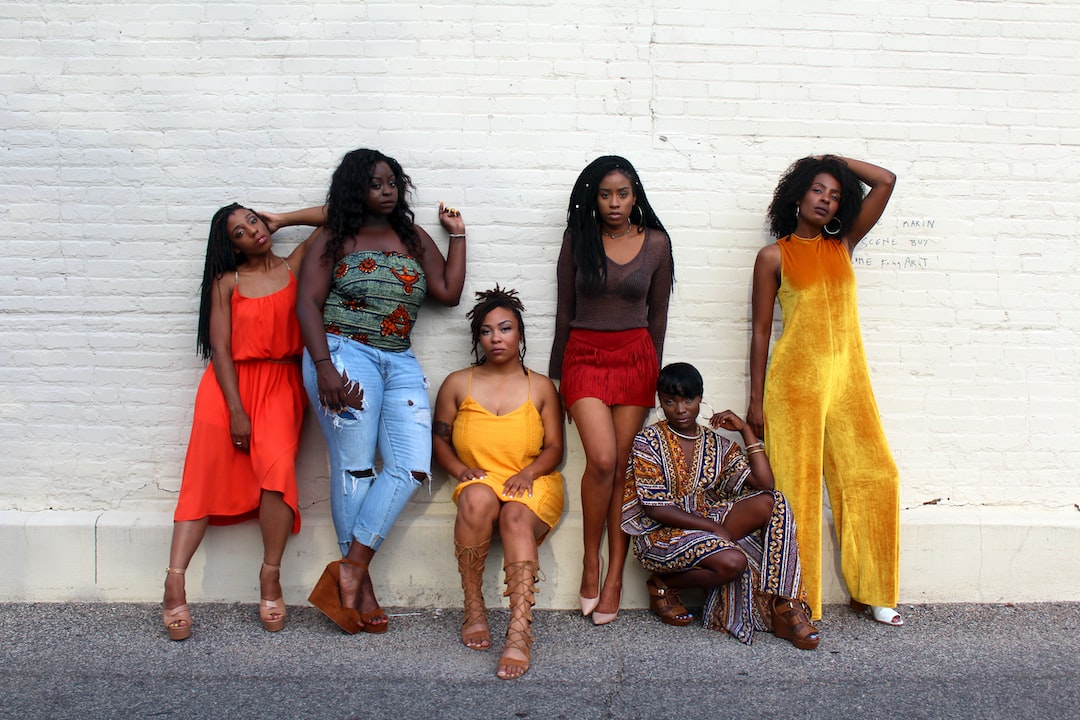Street Style: The Evolution of Casual Fashion
Fashion reflects the ever-changing society we live in. One of the most noticeable and influential styles that has evolved over time is street style. Once considered an underground and rebellious movement, it has now become a mainstream phenomenon. From the streets of New York to the runways of Paris, street style has revolutionized the fashion industry and redefined what it means to be casually chic.
The roots of street style can be traced back to the 1940s and 1950s, in the post-war era. With the resurgence of city life and urban culture, young people began to express themselves through their clothing. The beatniks and greasers, who were known for their rebellious spirit, paved the way for this new fashion revolution. Leather jackets, denim jeans, and t-shirts became the hallmarks of street style, replacing the more formal attire of previous generations.
As the decades progressed, street style continued to evolve and take on various forms. In the 1960s, the counterculture movement embraced street style as a form of protest against the war and social injustices. Hippies and flower children, inspired by the peace movement, expressed themselves through vibrant colors, free-flowing garments, and unique accessories like peace sign necklaces and headbands.
The 1970s witnessed the rise of bohemian street style, influenced by the music and cultural revolution of the time. Bell-bottom jeans, fringed jackets, and earthy tones dominated the fashion scene. This era brought a more relaxed and eclectic approach to fashion, breaking away from the rigid dress codes of the past.
The 1980s and 1990s saw street style becoming more urban and hip-hop influenced. This period was characterized by baggy jeans, oversized sweatshirts, and high-top sneakers. Streetwear brands such as Adidas, Nike, and FUBU gained popularity, championed by musicians and athletes who became style icons. The fashion industry started to take notice of this growing trend and luxury brands began collaborating with streetwear labels, blurring the lines between high fashion and street style.
In the new millennium, street style has reached new heights with the rise of social media and fashion bloggers. Photography platforms like Instagram have become a virtual runway, showcasing individuals’ unique sense of style. Street style influencers are now at the forefront of fashion, dictating trends and influencing designers. Their ability to mix high-end pieces with thrifted finds has democratized fashion and made it accessible to everyone.
The current street style scene is characterized by a mix of vintage and modern, high and low fashion. It has become a form of self-expression and creativity, where individuals can experiment with different silhouettes, patterns, and textures. Athleisure, a blend of athletic wear and street fashion, has gained immense popularity, reflecting the demand for comfort and functionality in everyday clothing.
Street style has also become more inclusive and diverse, challenging traditional beauty standards and celebrating individuality. People of all genders, ages, races, and body types are now represented in street style, making it a true reflection of our society.
For fashion designers, street style has become a source of inspiration. They look to the streets for new ideas, borrowing elements from the eclectic mix of garments worn by everyday people. This symbiotic relationship between street style and high fashion has reinvigorated the industry, breathing new life into runway shows and fashion weeks.
In conclusion, street style has come a long way from its humble beginnings as a subculture to its current status as a global fashion phenomenon. It has continuously evolved and adapted to reflect changing societal values. From the rebellious spirit of the beatniks to the inclusive and diverse community it is today, street style has revolutionized the way we perceive and engage with fashion. It has empowered individuals to express their unique identities through clothing and has reshaped the fashion industry, blending the boundaries between high fashion and everyday style. Street style is not just about what we wear; it’s about embracing our individuality and celebrating the diversity of our society.

